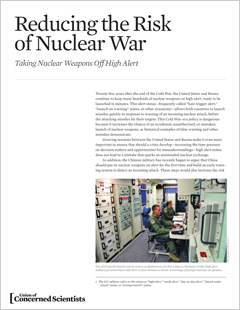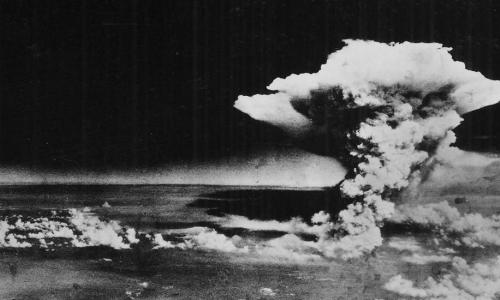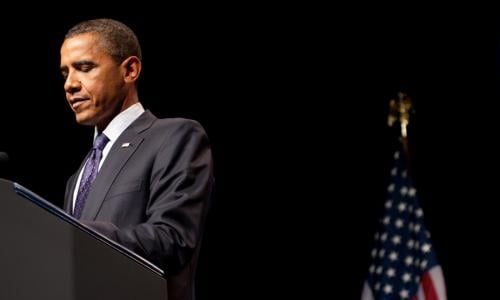Accidental nuclear war is more often portrayed as the subject of science fiction, not an actual possibility.
But despite the Cold War ending decades ago, the United States and Russia still keep hundreds of nuclear weapons on high alert, ready to launch. Also known as “hair-trigger alert,” this rapid launch option significantly raises the risk of an accidental, unauthorized, or mistaken nuclear attack, with no appreciable benefits to national security.
On its surface, the system is simple: if we detect and verify a nuclear attack, we’ll launch our own missiles before they’re destroyed. But the process must occur within minutes, and relies heavily on error-prone radar, satellite, and human communication systems, all of which are susceptible to false alarms and, potentially, cyberattack. And because the timeframe is so short, the military depends on scripted nuclear launch procedures that are routinely rehearsed, biasing the process toward a decision to launch—especially in times of crisis.
From faulty computer chips to simple human mistakes, dozens of near misses and safety accidents illustrate these and other shortcomings. No single incident has caused an accidental, unauthorized, or mistaken launch yet—but the probability is not zero. The more incidents that occur, the greater the chance that, due to confusion and an unforeseen confluence of events, one of them will lead to disaster.






